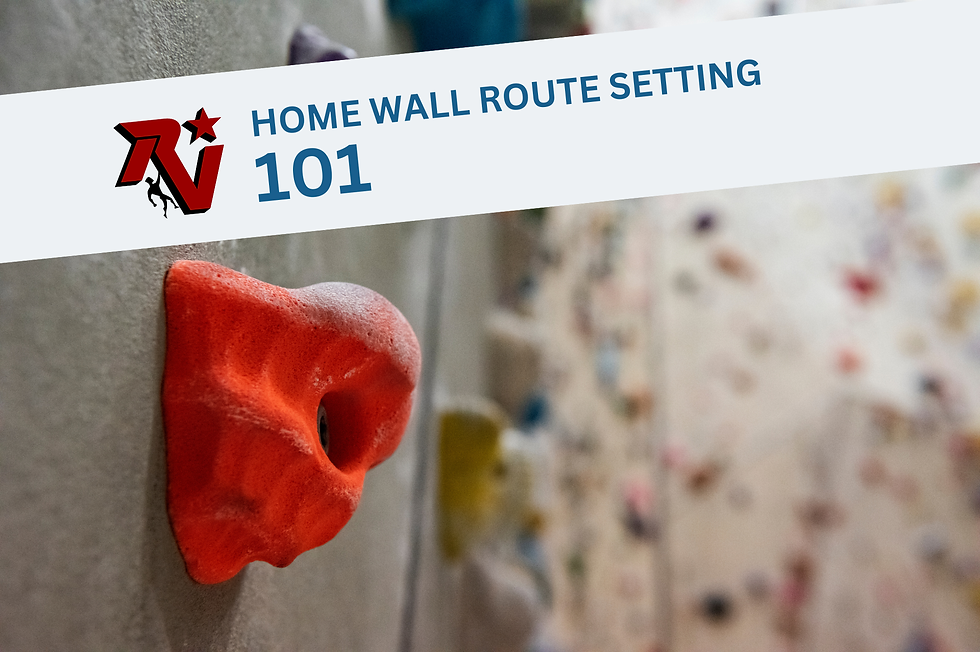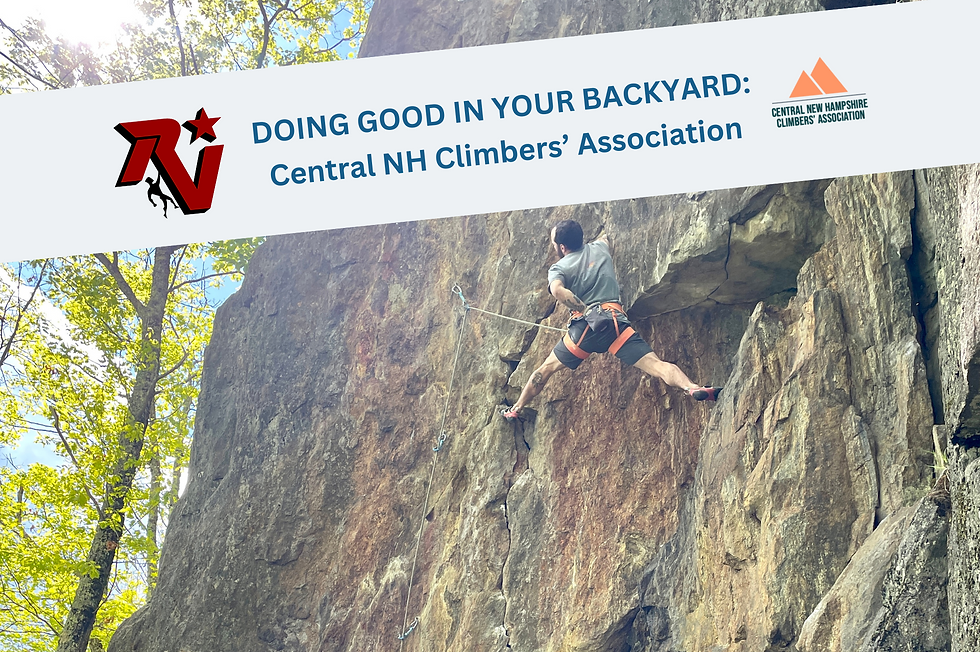Beyond ARC Training: How to Train Power Endurance on a Hangboard
- Dovi Hirsch
- Sep 18, 2020
- 5 min read
by Christopher Schafenacker

Just a couple of days ago I arrived home after a long day out climbing and threw on Black Diamond’s new short “The Artist” as I mowed through a heaping bowl of pasta salad. Revisiting some of Boone Speed’s iconic sends and learning about the enormous contribution he’s made to our sport, both on the rock and behind the lens made me realize just how young climbing still is. After all, the dude doesn’t look a day older than Roger Federer—though, in reality, he’s got sixteen years on the Swiss maestro—and nonetheless, he’s considered a pioneer. In most other contexts, “pioneer” describes a long-gone idol. In climbing, it’s a synonym for middle-aged.
Our sport’s youth means it still has plenty of room to grow and right now that is finding expression in ever-more sophisticated and complex training regimens. A typical day for Adam Ondra, for instance, involves a max power campus session in the morning followed by technical bouldering midday, physical bouldering in the late afternoon, and an endurance session in the evening, all controlled by rigid set, rep, and rest protocols. Unless you’re aiming to be the best climber to ever touch rock (or resin), this is insane. As Neil Gresham, another middle-aged pioneer, insists, “only Ondra should train like Ondra.” Luckily, the explosive growth of targeted training programs for climbing has also meant the development of efficient and effective protocols for simple, home setups. In a pandemic-ridden world where heading to one gym (much less four) to train is questionable, this is great news.
Getting Pumped on a Hangboard
Traditional hangboards were first used to gain the finger strength needed to pull through the heinous crimps and pockets of the Frankenjura. While still used predominantly for this purpose, new-school crushers also incorporate core, lock-off, and endurance protocols into their board routine. Covid-19 has pushed such training innovation into overdrive as getting to the gym, much less outdoors, remains out of reach for many. If this is you, fret not. A modern hangboard doesn’t just allow you to build tendons of steel, it is also all you need to keep those bulging forearms in fighting form for that blessed day you can finally get back on your long-term proj. Here’s how:
1. Get a Wooden Hangboard with Radiused Holds
Endurance training means longer hangs and extended strain on pulleys and tendons. Not only is wood kinder to your skin, allowing exhaustion, not pain, to be your limiting factor, but it is also safer and more durable. Many popular resin boards, however badass for their intended purpose, will have you tweaking a digit if you try to complete an endurance cycle on their in-cut edges. Wooden boards, on the other hand, offer radiused holds that protect your fingers. That, and they don’t get loaded with chalk and eroded in the same way that resin does.
2. Work Out Your Max Finger Strength
Choose a grip position and edge appropriate to your aims (say, half-crimp on a 0.75" edge) and hang with proper form for seven seconds. Guess at how hard that felt relative to 100% effort and begin to progressively add weight, resting and repeating the exercise until you hit failure on the seventh second. Do this by hanging weights (or jugs of water) off your harness and take note of the max load under which you can hang for the full count. Add this to your body weight and you’ll have the data needed to properly train power endurance on your board.
3. Calculate Your Hang Weight
Lattice Coaching & Training defines power endurance as “your ability to sustain sub-maximal effort at as high as possible intensity for the duration of your goal.” This means you should calibrate your session to 65% of your max. Do this by taking that number calculated above (bodyweight + max load) and multiply it by 0.65. If the result is less than your body weight, you’ll need to rig up a simple pulley system to shave pounds off your hang; if not, the number you get minus your body weight is what you need to hang off your harness. If you’re using water jugs, keep in mind that 15oz of H2O equals about a pound.
4. Start Your Session
Power endurance can be trained on a hangboard by practicing seven-three repeaters to failure. This means seven seconds on, three seconds off for as many repetitions as it takes for your fingers to peel open on your last rep. Take note of the total time you were able to endure this protocol (say, 2.5 minutes) and rest for the same period. Hop on and do another set of seven-three repeaters to failure and again rest for the same period you were able to hang (this time it should be less than the first). Cycle through five sets of this exercise twice weekly for a block of three weeks, take a week off, and then re-calculating your max strength, wash, rinse, and repeat.
For the true training wingnuts out there (raises own hand), consider calibrating the length of your sets to match the amount of time it takes you to climb through the pumpiest sections of your project. This might mean dropping the weight to 55% of your max so that you can draw out your seven-three repeaters for longer or upping the load to achieve the opposite effect. Note that if greater than 75% of your max is required for you to trim your cycles to the appropriate length, it might not be power endurance that you’re lacking so much as pure, simple, power.
Finally, for the truly home-bound or fully-fanatic, consider a free-standing vertical wall like The Rocketeer. Not only does such a setup allow for training protocols far less repetitive than the one described above, but it also eliminates fights with landlords and housemates who might not be all that psyched about having you hanging from some doorframe for hours weekly.
Featured Climbing Training Gear
*NEW* The Rocketeer Wall: our free-standing adjustable solution for those who can’t mount a hangboard anywhere in their home or apartment—or who are limited on space. The Rocketeer gives climbers the additional option to set specific climbing holds. Recreate the crux holds of your proj and get ready to send, bruh.
The Rocket Wall: Available in 6’ and 8’ widths, it’s been tough for us to keep up with the demand for this innovative home climbing wall solution. Slightly overhanging, the Rocket Wall is big enough to set routes on, or to build a systems board.
The Rock-Stah: Our handcrafted version of a traditional hangboard, with curving crimp rails to help alleviate unnecessary strain on your pulleys. Because ain’t no one got time for a finger injury…
Christopher Schafenacker started climbing in Western MA before moving to Granada, Spain, where he now writes, climbs, and runs education-centered training camps for competitive youth climbing teams.










Comments